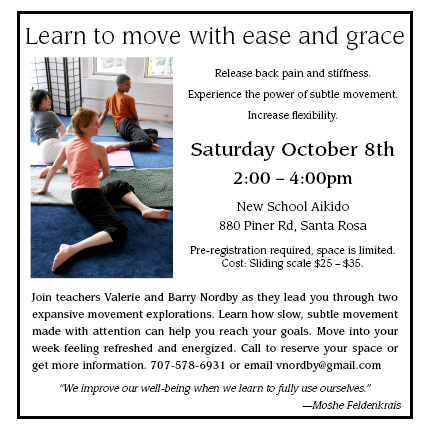In the study presented by UCSD neuroscientist Laura Case this week in Washington, eight subjects suffering from severe osteo- or rheumatoid arthritis sat in front of a mirrored box and extended one of their hands. A researcher extended his hand over the subjects hand and asked the subject to move her hand slowly. The researcher, meanwhile, mimicked the subjects hand movement.
The subject, seeing only the researchers hand in the mirror, saw a young, healthy hand performing movements fluidly and without pain or difficulty. And when asked about their hands level of pain after the exercise, subjects rated their pain, on average, 1.5 points lower, on a scale of 1 to 10, than it had been at the outset. Some had a 3-point reduction in pain, said Case.

